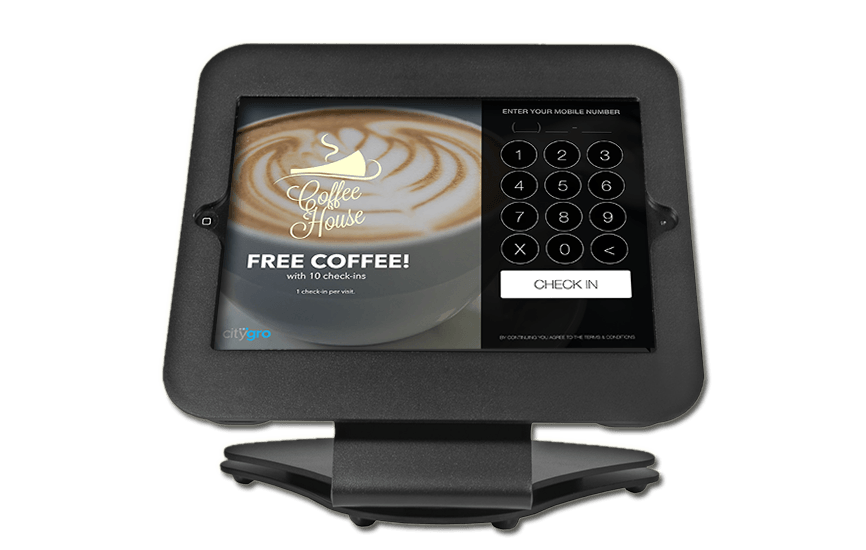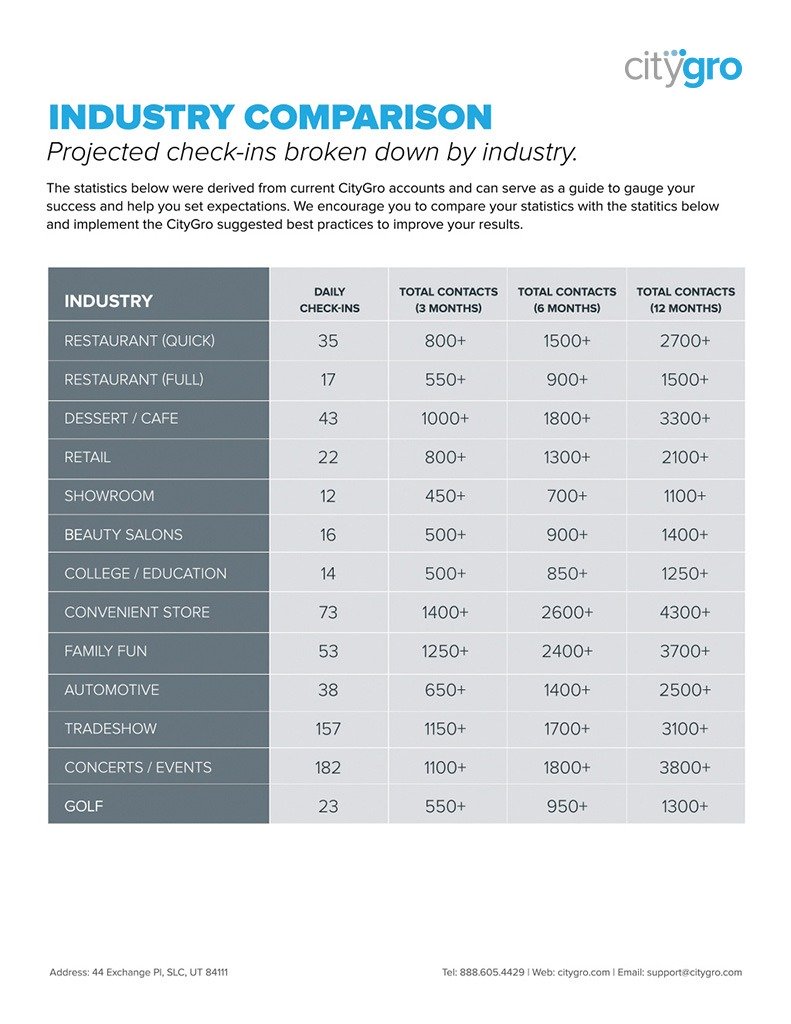Does SMS Marketing Require a Double Opt-in?
The double opt-in.
It’s one of the most common questions we get and it’s almost always misunderstood. In this post, we’ll not only clearly answer the question about when and when not to use a double opt-in, but we’ll explain why this so often gets confused.
In addition, we’ll offer some sources for information you might want to hand off to your attorneys, if you want to be extra cautious.
We, of course, are not attorneys — so use this info at your own risk. We just happen to teach a lot of attorneys about SMS marketing regulations.
What is a double opt-in?
A double opt-in is a requirement for recipients who join a text marketing list to confirm their original opt-in by replying to a confirmation text, typically in the form of YES or Y.
Do I need to require a double opt-in when customers join my text list?
The answer is simple, but you want to make sure you have it right.
The short answer is “no”… as long as you have prior express written consent.
So why is a double opt-in so often misinterpreted as law?
To answer this question you need to understand what is required by law. As required by organizations such as the FCC, CTIA and the MMA, “prior express written consent” is required in order to send any recurring text communication for commercial purposes.
This means that you must have documented evidence, in writing (which may include electronic methods such as forms, see E-Sign Act), to prove that the recipient of the text messages consented to receiving the messages in the first place.

The double-opt in became “a thing” when organizations needed to confirm consent that they didn’t have in writing, such as a verbal request to join your text messaging list. For example, think of a situation where a cashier asks you to be part of a text messaging program and you delightfully say yes. The cashier can add you to the text list but they still don’t have prior express written consent.
So the appropriate thing to do would be to ask you to confirm a second time by replying with a text messages which DOES then provide prior express written consent. This second opt-in is called a “Double Opt-in.”
Should your business or organization require a double opt-in?
I like to answer this question by relating a double opt-in to a car driving 50 mph on a highway with a speed limit of 60 mph. Is driving 50 mph any “more legal” than driving 60 mph? No. But you might argue that driving 50 miles per hour is safer, or limits your chance of accidentally going over, but you are making that choice at the expense of time.

You may decide it’s safer, but it’s going to take longer to arrive at your destination.
Likewise, requiring a double opt-in when your first opt-in provides prior express written consent can ensure peace of mind. It might give you an additional safety measure, but it will do so at the expense of growth. Your list will grow substantially slower if you require recipients to double opt-in.
What are some ways to grow my text list WITHOUT requiring a double opt-in?
Below are some common ways to grow your SMS Marketing list without the need for a double opt-in (listed in order of what typically gets the most traffic).
- Use a customer facing application at checkout
- Add a checkbox to your checkout process
- Ask customers who use your online chat
- Add a sign up form to your website
- Print a textable keyword on posters and table tops

What can I give my legal team?
Here are a few sources that will help your legal team understand text regulations.
- Blog post including sources and links: “Text and Email Marketing Regulations: What You Should Know.”
- A specific answer to the double opt-in requirement (page 8): CTIA Short Code Monitoring Handbook
*This post only covers the need for a double opt-in and does not speak to all of the regulations surrounding text marketing. For a more conclusive breakdown, please read “Text and Email Marketing Regulations: What You Should Know.”







 Get this section from Jon. Get this section from Jon. Get this section from Jon. Get this section from Jon. Get this section from Jon. Get this section from Jon. Get this section from Jon. Get this section from Jon. Get this section from Jon.
Get this section from Jon. Get this section from Jon. Get this section from Jon. Get this section from Jon. Get this section from Jon. Get this section from Jon. Get this section from Jon. Get this section from Jon. Get this section from Jon.

